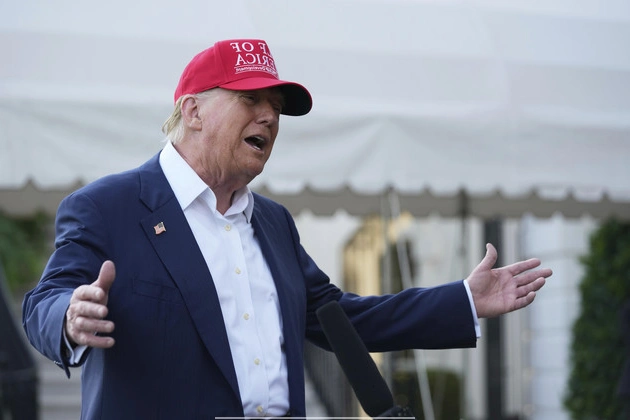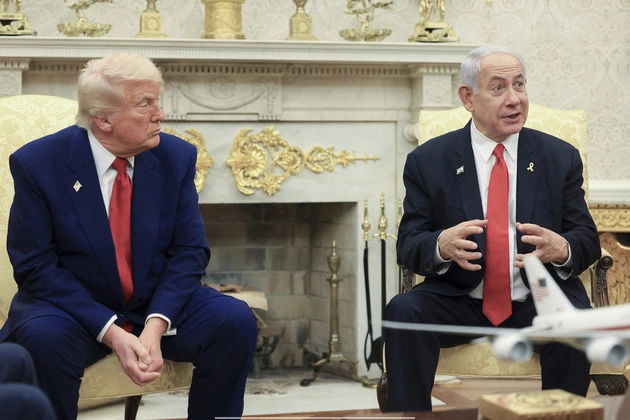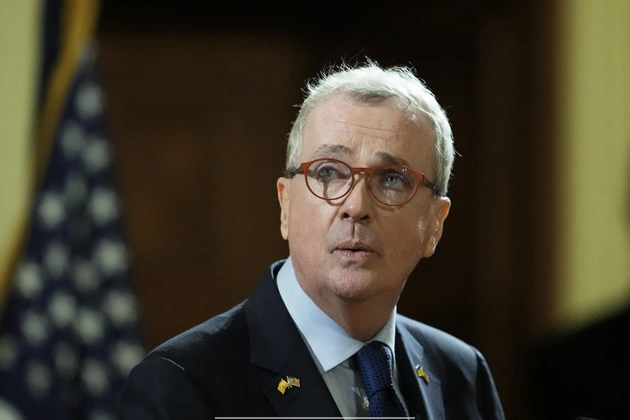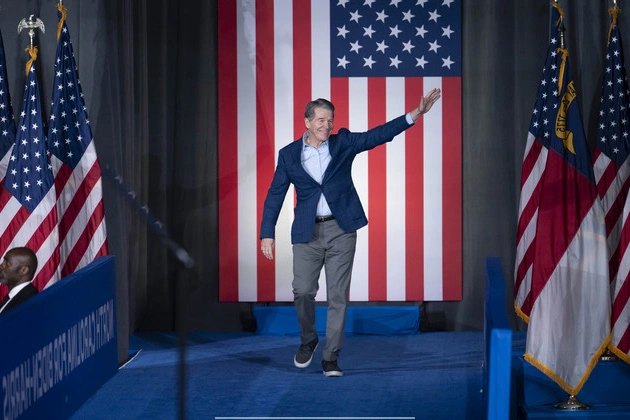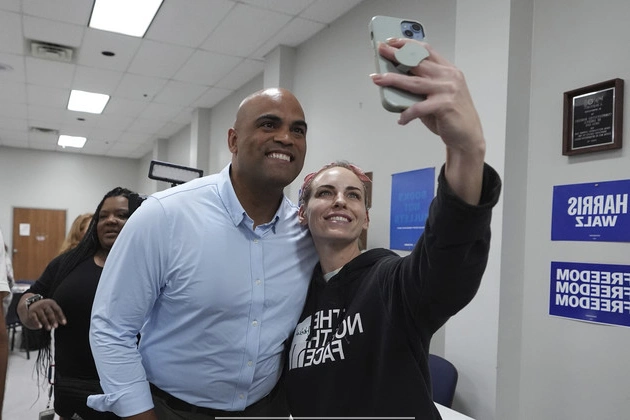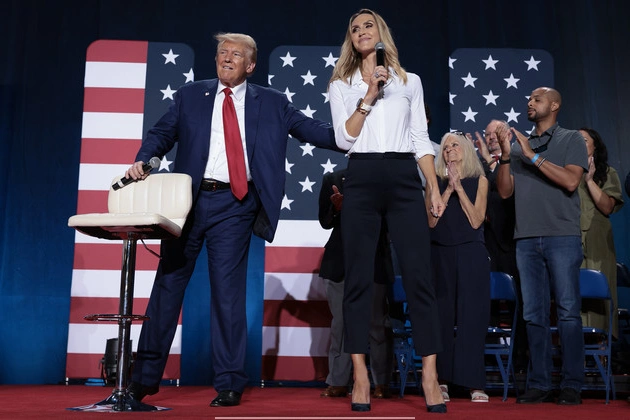
Public universities are facing challenges due to Trump’s DEI backlash, impacting diversity initiatives and federal funding. The pressure from the administration has led to significant changes in how flagship universities handle diversity programs.
Adapting to Federal Scrutiny
Many institutions have restructured or closed their diversity offices to comply with federal demands. The University of Michigan’s decision to shut down its Office of Diversity, Equity and Inclusion exemplifies this trend, signaling a shift in how universities approach diversity initiatives.
Divergent Paths of Elite Institutions
Not all universities have succumbed to the administration’s demands. Columbia and Harvard universities have taken different stances, with Columbia yielding to protect federal grants while Harvard resists, leading to funding freezes.
Challenges Faced by College Leaders
College leaders are grappling with the implications of ending diversity programs. The risk of losing federal funding has prompted strategic decisions, but concerns remain about supporting historically marginalized students.
The Legal and Political Landscape
The debate over DEI programs extends beyond universities to legal and political arenas. State legislatures and federal policies are shaping the future of diversity initiatives in higher education, with contrasting approaches in red and blue states.
Looking Ahead
As universities navigate the complexities of federal scrutiny and political pressures, the future of diversity programs remains uncertain. The balance between legal requirements, institutional values, and student inclusivity will continue to shape the higher education landscape.
(Note: This content is subject to periodic review and updates to ensure relevance and accuracy.)






